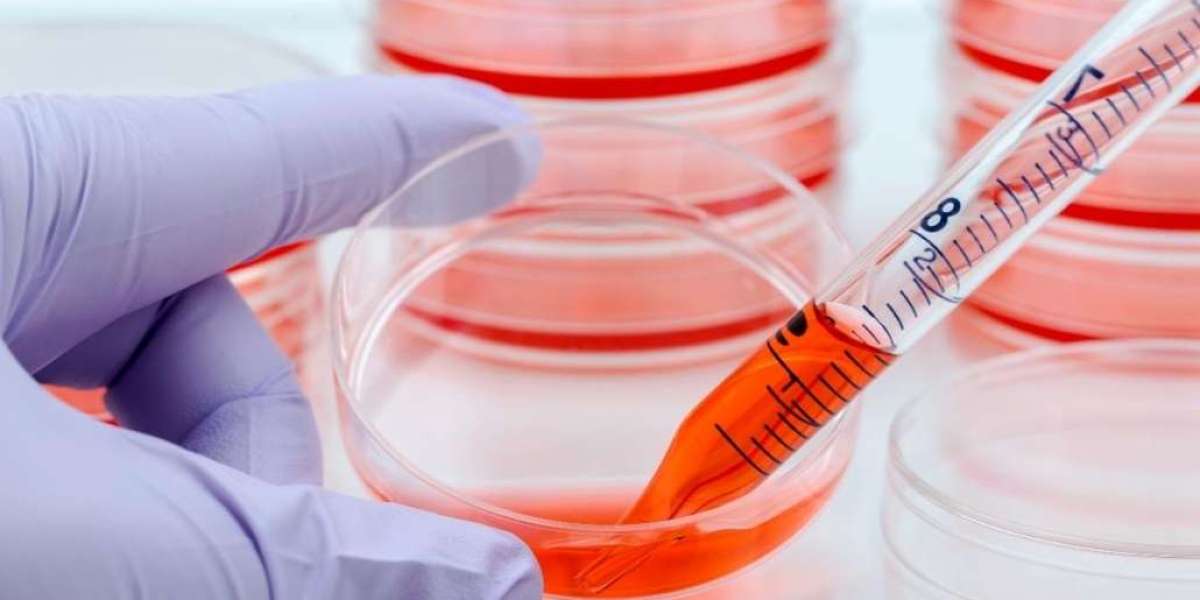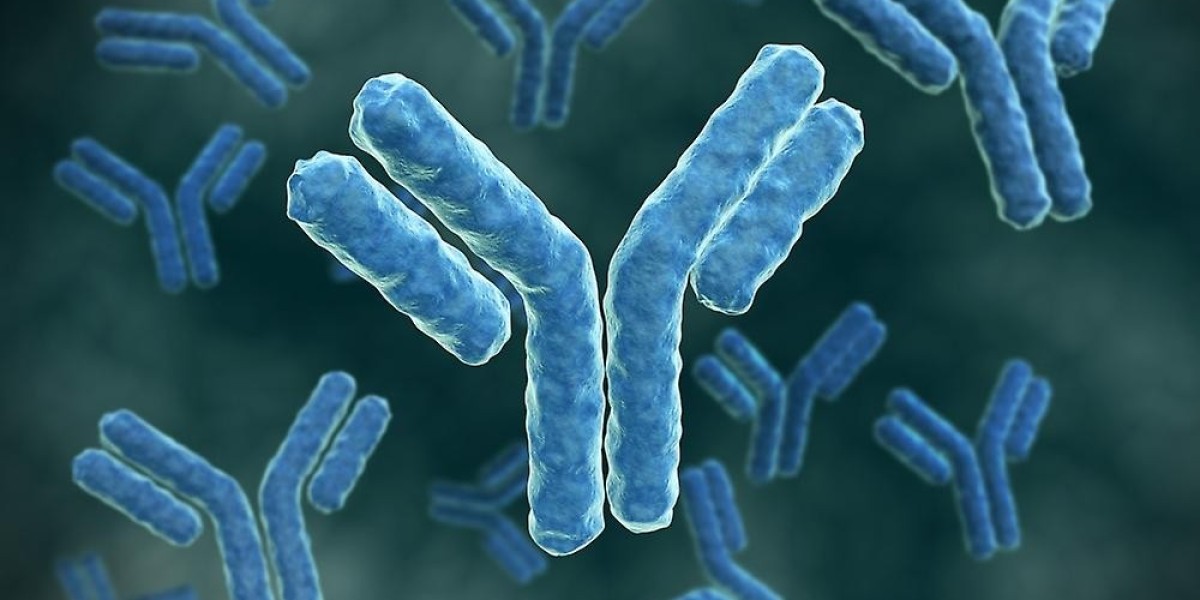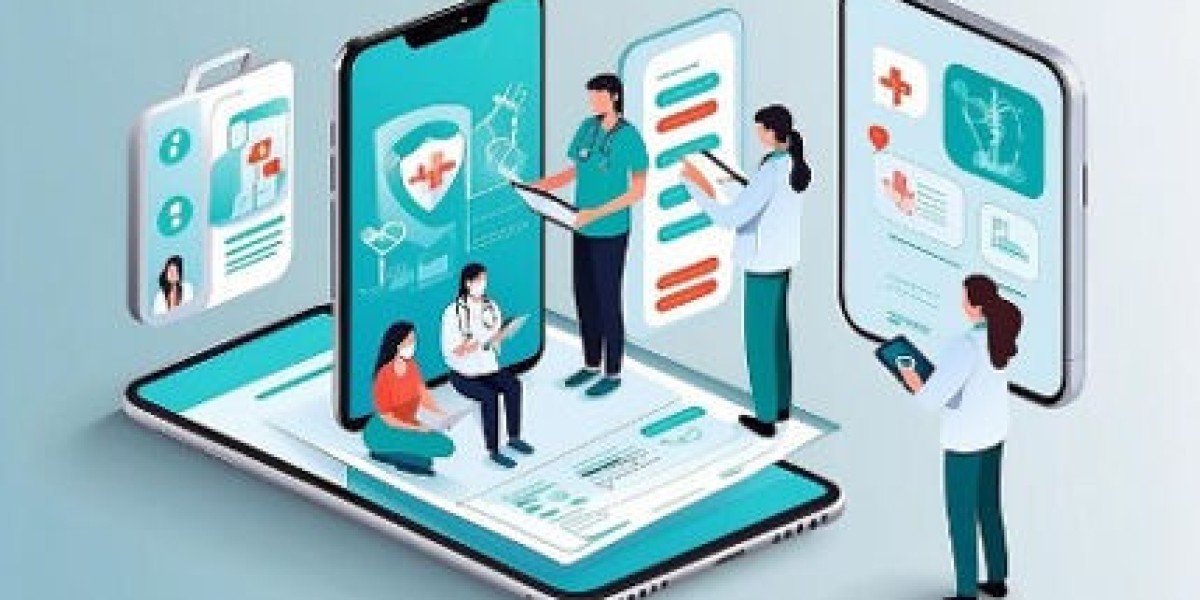Definition and Scope of Regenerative
Regenerative is an interdisciplinary field that applies life science, engineering and clinical approaches to develop therapies aimed at replacing, engineering or regenerating human cells, tissues or organs to restore or establish normal function. It includes tissue engineering, tissue regeneration, and cell therapies for treating diseases and injuries. The overall goal of regenerative is to regrow or replace tissues and organs damaged by disease, congenital defects, trauma, or the natural ageing process to ultimately restore normal function.
Stem Cell Therapies
One of the most promising applications of Regenerative Medicine involves the use of stem cells. Stem cells have the unique ability to develop into many different cell types in the body during early life and growth. In adults, they serve as a sort of internal repair system, dividing essentially without limit to replenish other cells as long as the person or animal is still alive. There are several types of stem cells that can potentially be used in regenerative medicine:
- Embryonic stem cells which come from human embryos left over from fertility treatments and aborted fetuses. They are controversial due to ethical issues around their origins but have the broadest potential for differentiating into other cell types in the body.
- Adult stem cells which are found in small numbers in tissues like bone marrow, blood, brain, heart and skin. Being non-controversial, more research is focused on adult stem cells. They offer promise for generating cell types of the tissue they come from but their differentiation potential may be more limited compared to embryonic stem cells.
- Induced pluripotent stem cells which are generated from a person's own differentiated adult cells like skin cells that are genetically reprogrammed with nuclear transfer or stem cell factors to an embryonic stem cell-like state. These do not have the ethical issues of embryonic stem cells and offer the flexibility of being produced from the patient's own cells.
Some current clinical applications using stem cells include regeneration of cartilage, bone and blood forming tissues, but many other therapies are still undergoing research and testing. Stem cells offer great potential for regenerative given their ability to either differentiate directly into the damaged cell types or produce bioactive molecules that can stimulate resident stem cells to repair tissues.
Tissue Engineering
Another major approach in regenerative is tissue engineering, which uses biomaterials, cells and biologically active molecules either singly or in combination to restore or establish normal function in damaged tissues and organs. The basic premise is that tissues can be grown in vitro using a variety of cells taken from the patient in combination with scaffolds to support cell growth. Scaffolds are usually made of biological or synthetic materials designed to mimic the extracellular matrix environment in the body. Scaffolds may also contain bioactive molecules like growth factors to stimulate growth and integration of new tissues. Some examples of tissue engineering applications currently being researched include:
- Skin substitutes grown with skin cells on collagen scaffolds for use in burn victims.
- Blood vessel substitutes grown with vascular cells on biodegradable polymer tubes for bypass surgeries.
- Bone substitutes grown with bone cells or adult stem cells on calcium phosphate or coral scaffolds for repairing fractures or other bony defects not amenable to autografting or allografting.
- Cartilage tissue engineered using chondrocytes or stem cells delivered on scaffolds like collagen hydrogels for treating osteoarthritis and other cartilage defects of load bearing joints.
- Heart patches or valve substitutes grown with cardiovascular cells and extracellular molecules on biodegradable frameworks.
While still in development stages, engineered tissues aim to overcome limitations of autografting, allografting and medical devices by providing living and functional tissue replacements that can integrate and remodel in the body. Combining cells, scaffolds and developmental factors is key to developing tissue substitutes that mimic natural tissues and support normal physiological function upon implantation.
Organ Regeneration
Beyond tissue repair, the ultimate goal of regenerative medicine is to rebuild or replace entire failed or damaged organs. While organ transplantation is widely used and saves many lives, the shortage of donor organs prevents this life-saving therapy from helping all those in need. Regenerative approaches aim to generate transplantable organs through either whole organ engineering or stimulating the body's intrinsic ability to regenerate tissues and organ subunits. Some challenging organ systems under investigation include:
- Liver - Damaged liver tissue has potential to regenerate itself. Research seeks to identify factors that can accelerate regeneration upon acute or chronic injury by stimulating resident stem/progenitor cell responses.
- Kidney - Embryonic kidney cells are being explored as sources for generating kidney organoids in vitro on biomaterial scaffolds that can vascularize upon implantation.
- Pancreas - Producing insulin-secreting islet cell grafts from embryonic or adult stem cell sources could help stem the rise in diabetes; challenges include graft size and mass production.
- Heart - Scaffolds made of natural or synthetic biomaterials and seeded with cardiomyocytes and supporting cells are being tested as patches for damaged heart muscle. Whole engineered heart transplants remain a distant prospect.
- Lungs - Decellularized lung matrix scaffolds are reseeded with lung epithelial and vascular endothelial cells to generate transplantable lungs, but integration and functionality hurdles remain.
While organ regeneration is at an early research stage compared to tissue engineering, identification of signalling pathways controlling embryonic organogenesis holds promise for stimulating the body’s intrinsic regenerative responses or developing transplantation therapies for failing organs.
Get more insights on Regenerative Medicine
Unlock More Insights—Explore the Report in the Language You Prefer
About Author:
Ravina Pandya, Content Writer, has a strong foothold in the market research industry. She specializes in writing well-researched articles from different industries, including food and beverages, information and technology, healthcare, chemical and materials, etc.









